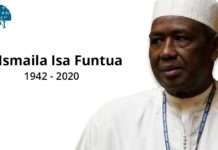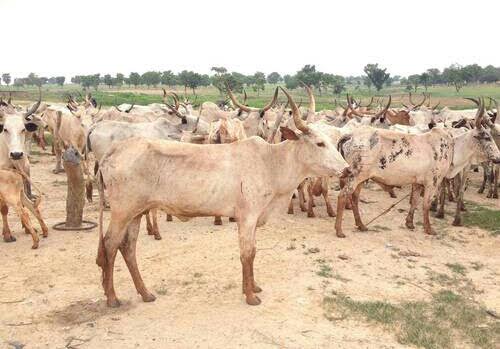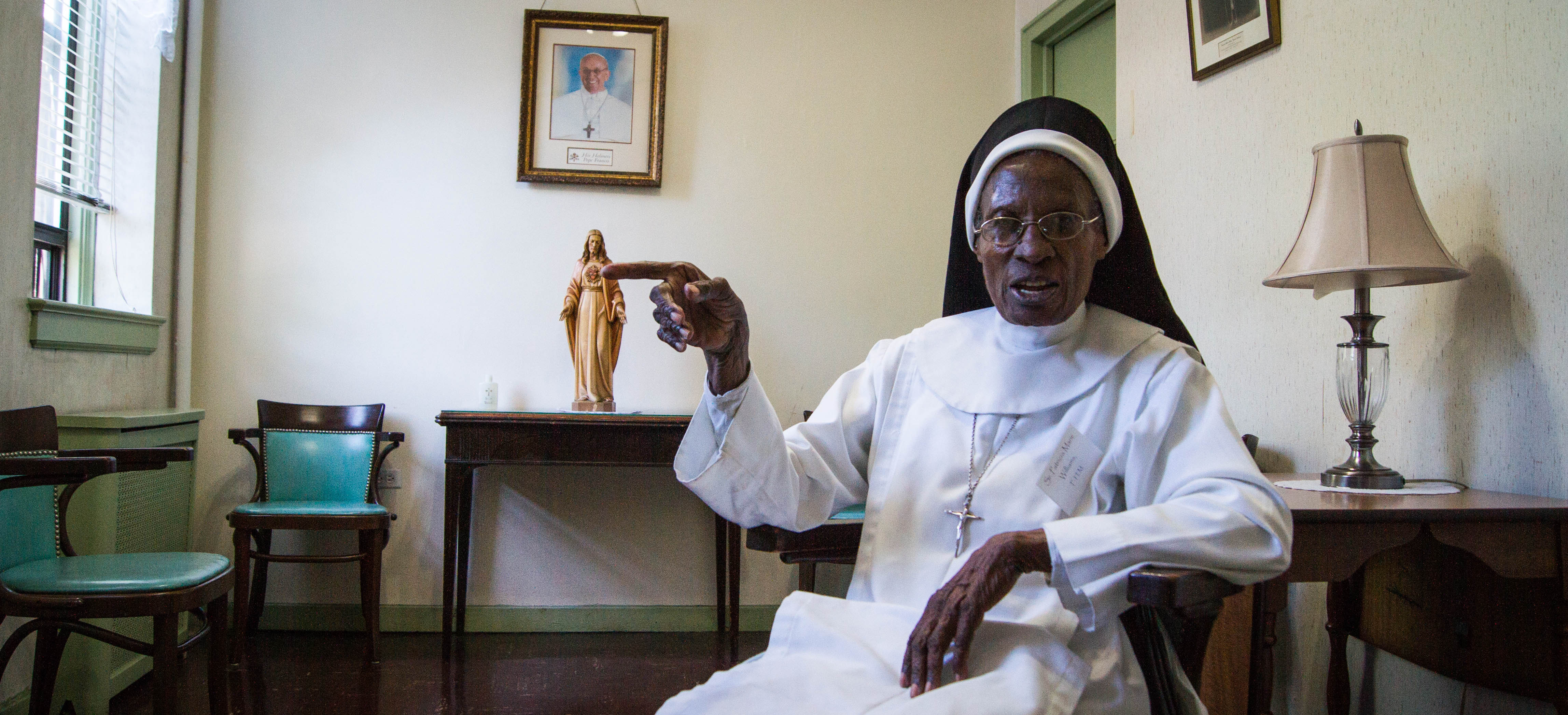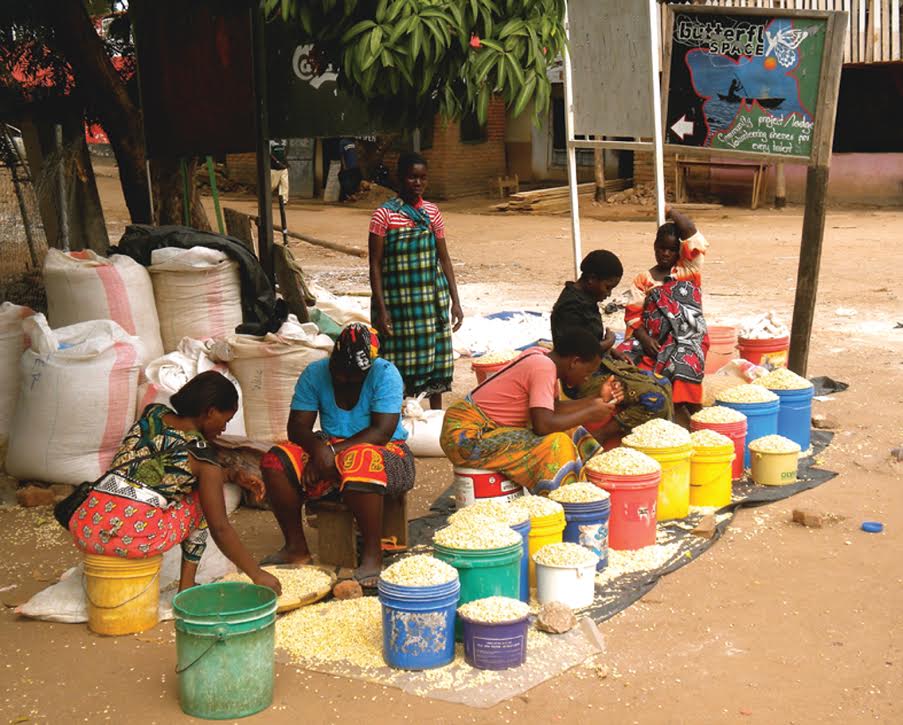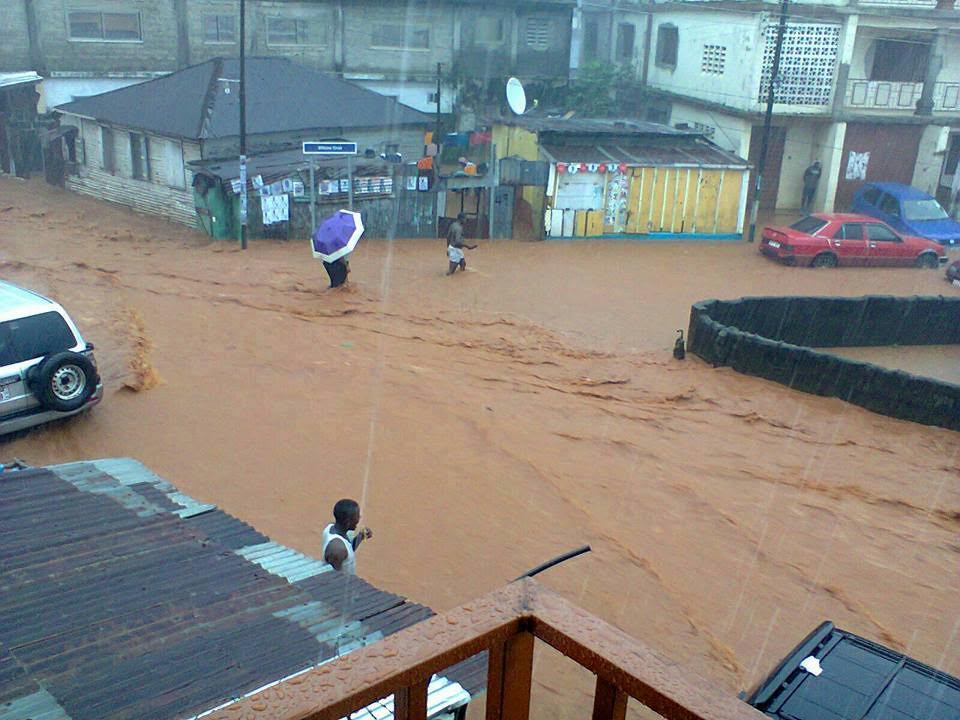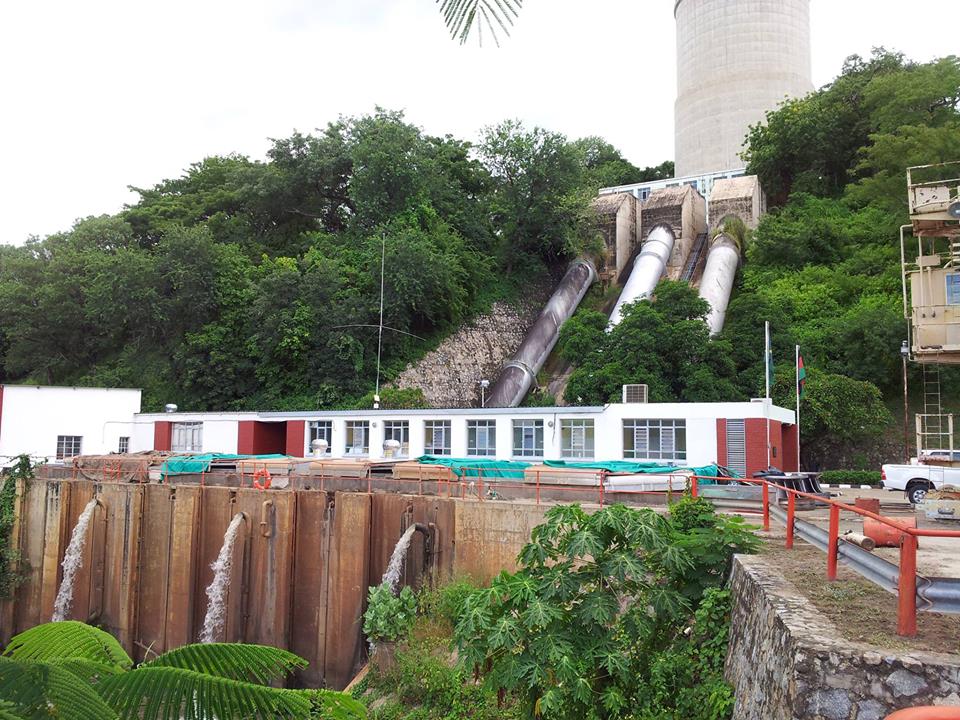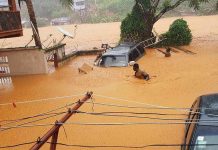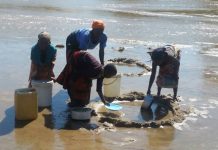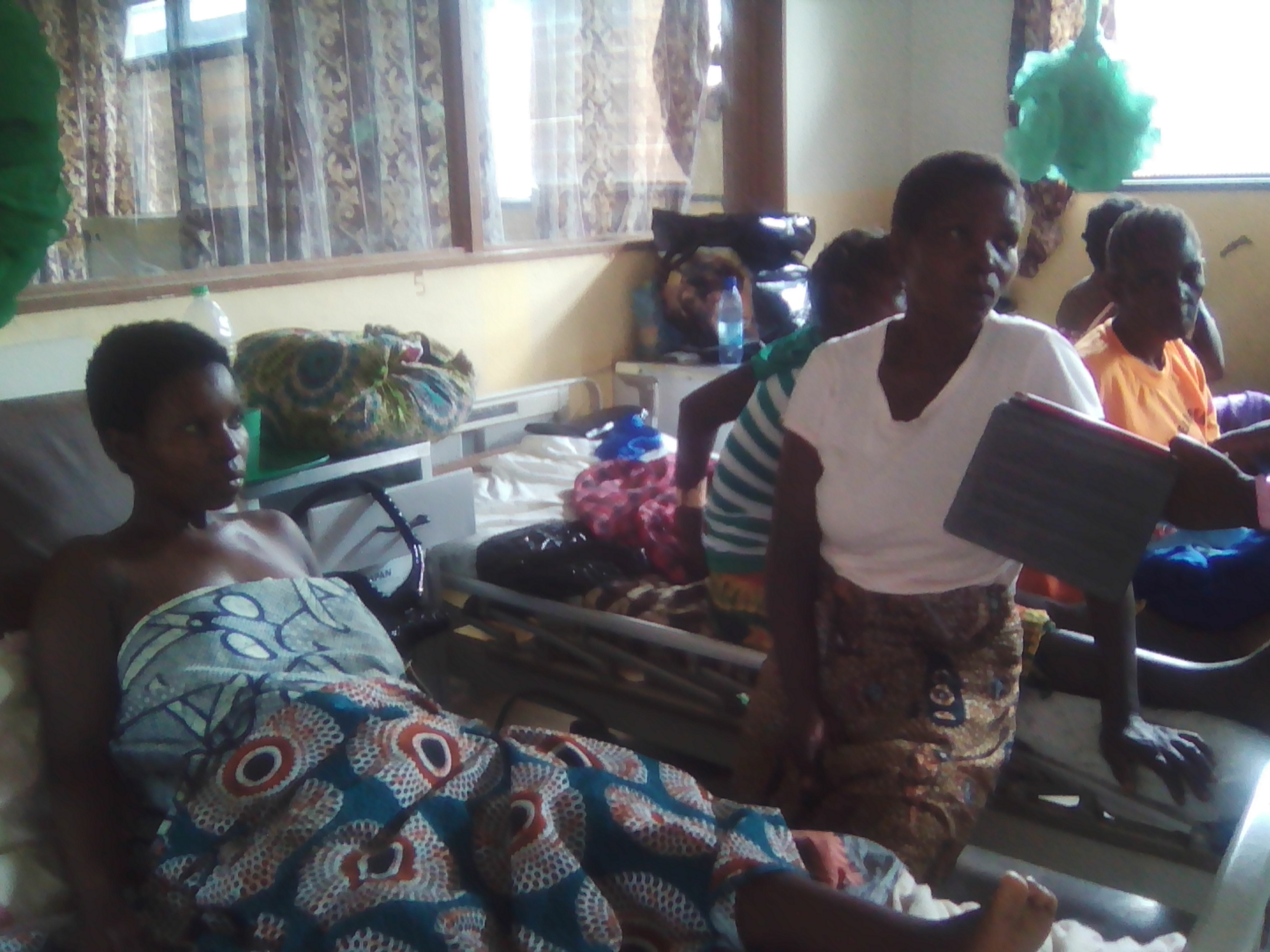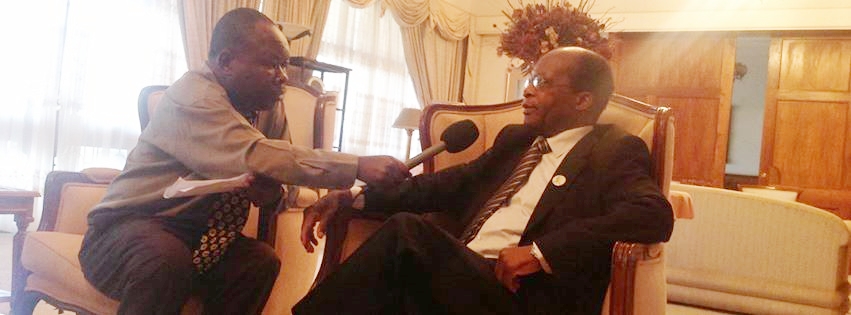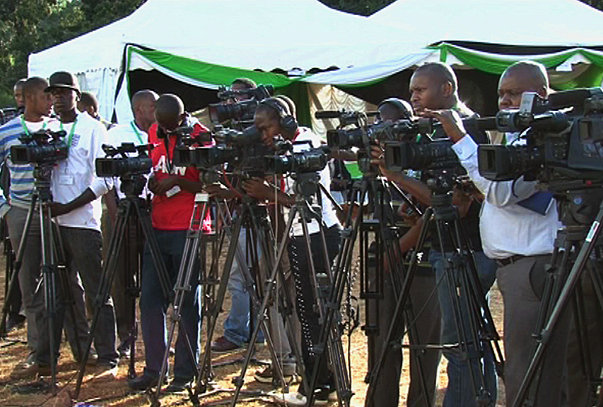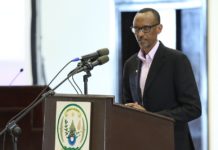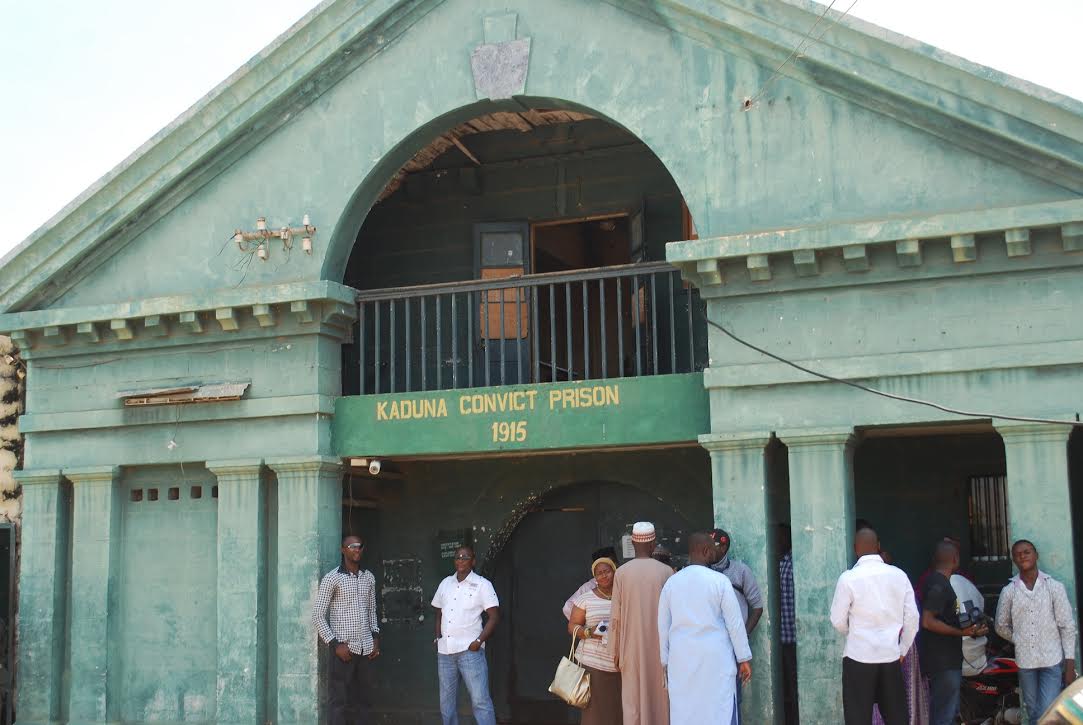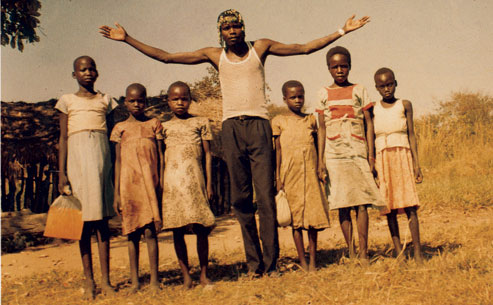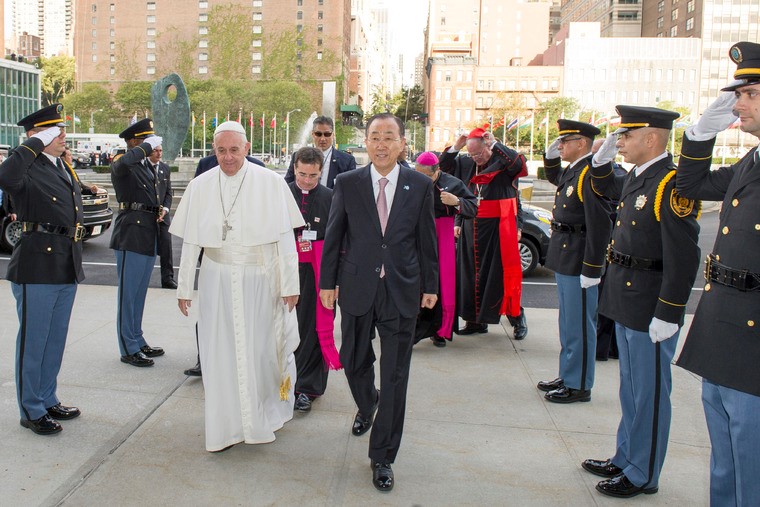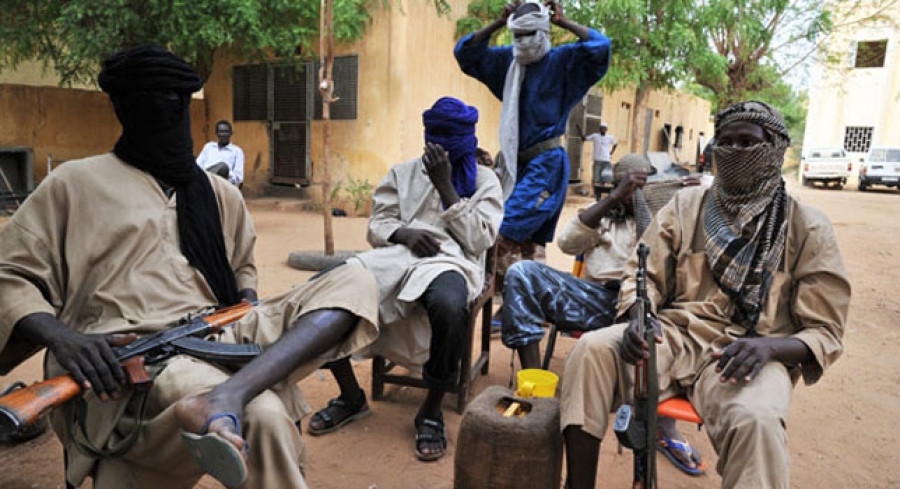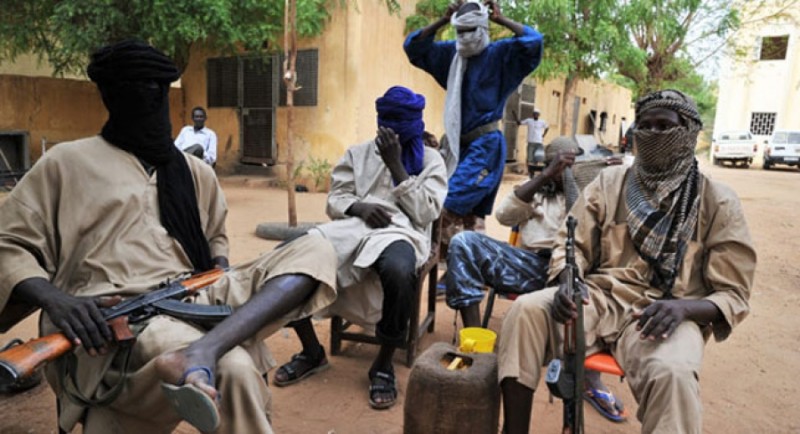
By Mohammad-Mahmoud Ould Mohamedou | Geneva
The crisis in Mali highlights the distinctive character and trajectory of Al-Qaida in the Islamic Maghreb. A group forged in reactivity and ambiguity, marked by fluid leadership and unarticulated doctrine, finds itself at a crossroads, says Mohammad-Mahmoud Ould Mohamedou.
The consequences of France’s armed intervention in Mali in January 2013 are unfolding amid a fluid reality on the ground. As French troops engage in “hot pursuit” forays against operatives of Al-Qaida in the Islamic Maghreb (AQIM), many analysts and media outlets find it tempting to promote the narrative that a successful campaign is underway marked by a series of tactical victories. But a deeper process is underway in the wake of Operation Serval: a transformation of AQIM, the transnational non-state armed group which had been at the forefront of deteriorating security in the Sahel since the mid-to-late 2000s.
In truth, AQIM’s ongoing mutation preceded the intervention. It has for some years been implementing a planned expansion in the Sahel, and any losses it is currently experiencing are arguably due to a combination of mismanagement and overstretch in this process (partly reflecting AQIM’s original anomalous structure, with a leadership in Algeria and a soldiery in Mali). The result now is that, for at least three reasons, the group now faces a limited set of strategic options which might well prefigure a return to its original north African mould.
A Shadowy Evolution
The first factor is that whereas terrorism lives and dies according to a logic of being “ahead of its foe” – and thus forcing the state ever to be playing catch-up – AQIM has consistently been reactive instead of proactive. This is illustrated in five episodes:
* In 1998, the movement was born in Algeria as the Salafist Group for Predication and Combat (GSPC), an offshoot of the Armed Islamist Group (GIA), itself derivative of several local groups (see “The Many Faces of Al Qaeda in the Islamic Maghreb,” GCSP, 2011). Algeria’s brutal civil war more or less coming to an end that year, by way of a mixture of violence fatigue and amnesties, which stripped the GSPC of its initial momentum and then left it conspicuously silent in the first five years of its existence. Indeed, a surprisingly neglected feature of this organisation is how little is known about its activities in 1998-2003 (besides minor hit-and-run racketeering operations near  Jijel and Algiers).
* AQIM then moves opportunistically in the post-11 September context to seek and acquire an al-Qaida identity in September 2006, thus capitalising on the fear Osama bin Laden’s group is inspiring worldwide
* It turns subsequently to the Sahel, essentially as a “plan B”, though its attempts in 2007 to shake north Africa (through a series of ambitious attacks, notably in Algiers in April and December of that year) fail
* The group then finds an unforeseen opportunity to increase its military capacity when Libya’s leader Muammar Gaddafi opened arms-caches in an ill-fated attempt to resist the revolution initiated in February 2011
* AQIM then in effect “bandwagons” on the armed rebellion launched in January 2012 by a Tuareg group, the Movement for the National Liberation of the Azawad (MNLA), to conquer the northern part of Mali.
In the same way as the spoils of the “Arab spring” were captured by the Islamists, the rout of the Malian army at the hands of the MNLA was hijacked by AQIM. But AQIM departed from the example of “Al-Qaida al-oum) (the “mother Al-Qaida”) in 2001, when the latter opted  for “evanescence” when it realised that direct opposition to United States and British troops would be self-destructive. AQIM, instead of this deterritorialising option, haphazardly improvised a campaign to take control of major Malian cities.
The flaw in this approach was that a territorialising definition precisely rendered AQIM  “pin-pointable”. Western drones now had coordinates which could be and in time were entered. This problem was reinforced by dissonance with the MNLA, a century-old Tuareg separatist narrative, and the local population’s alienation on account of human-rights violations perpetrated in the name of a theatrical Islamism. As a result, the attempted push towards Bamako in early January 2013 was even more ill-fated, as it provided the French with a “clear and present danger” argument to land  and hit.
An Absent Story
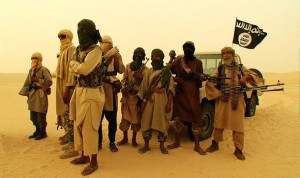
The second factor in the evolving mutation of AQIM is what can be termed the absence of a cogent founding narrative. What precisely AQIM is after has never been satisfactorily answered by its multiple and successive leaders. In the heyday of al-Qaida, the group’s casus belli was regularly rehearsed by Osama bin Laden and Ayman al-Zawahiri; but AQIM has moved from a domestic Algerian issue to a regional Sahelian problem to an African continental menace to ultimately a “threat to international peace and security†without explicitly proposing an intelligible agenda.
Indeed, western powers’ acceptance at face value of the group’s religious phraseology and its grandstanding on France’s presence in Afghanistan has given credence to AQIM’s fuzzy notions; without that, the lack of a meaningful narrative would have been exposed. In its absence, AQIM has become known in the last decade mostly for a “day in, day out” political economy of terrorism whereby it has abducted some seventy-two individuals and substantially invested in the region’s drug-trafficking routes (see Franklin Charles Graham, “Abductions, Kidnappings and Killings in the Sahel and the Saharaâ€, Review of African Political Economy, 38 /130 [December 2011], and Wolfram Lacher, “Organised Crime and Conflict in the Sahel-Sahara Region†[Carnegie Papers, September 2012]).
A Shifting Leadership
The third factor is leadership. Whereas most terrorist organisations feature one or two key leaders who leave an imprint of sorts on the “DNA” of the group, AQIM is again a curiosity in the way a series of shadowy leaders hold sway for a short time (Hassan Hattab, Nabil Sahraoui, Abderrazak “El Para” and Abdelmalek Droukdel); in the way it fields too many high-profile regional leaders (Abdelhamid Abou Zaid, Mokhtar Belmokhtar, Abdelkrim “the Tuareg”); and, as noted, in the way its leadership is based in one country while its soldiery is mostly in another.
AQIM was able to benefit from international neglect of the slow-motion crisis developing in the Sahel from 2005 onwards. The group did indeed generate mimetism in integrating religious drifters and small-time criminals into a region-wide network connecting north Africa, west Africa and the Sahel. In time, AQIM even managed to inspire the formation of two groups loosely affiliated to it: the Movement for the Unity of the Jihad in West Africa (MUJAO ) in December 2011 and Ansar al-Din in January 2012 (In the aftermath of the French intervention, Ansar al-Din split, which led to the creation of a new group, the Islamic Movement of Azawad [MIA]). Yet even then, AQIM was merely replicating al-Qaida al-oum’s franchising strategy launched in 2004 – but late, on its own local scale, and in a context where ethnic tensions rapidly emerged between the group’s north African and Sahelian contingents.
A Movement in Flux
What, then, can be expected next? A group forged in reactivity and ambiguity, which has shown poor decision-making skills: AQIM would logically appear to be ill-equipped to handle its most daunting challenge so far, namely regenerating itself in the face of advancing western troops. If the French intervention is then indicative of a rupture in the AQIM saga, it is so in revealing the limits to the territorial expansion plan allegedly hatched by AQIM leader Abdelmalek Droukdel some years ago. In such a context, AQIM is therefore likely to pursue the retreat strategy it began in January 2013. Yet the continued advanced by the French army towards the Adrar of the Ifoghas, the newfound momentum in Mali’s political transition (especially around the Tuareg issue), and the possibility of a French-led international force settling without any time limit (as has been announced) – all this makes it harder for AQIM to establish a Waziristan-like sanctuary.
As it loses the valuable strategic depth it had briefly acquired in the Kidal-Gao-Timbuktu triangle, two mid-term scenarios are then possible for AQIM. The first is a fall back on the vast Algerian south from where it had originally launched its operations and the subsequent advance on the Sahel (from February-April 2003, under its original GSPC incarnation, the group held thirty-two western hostages in the area, between the cities of Ouargla and Djanet). The In Amenas operation of 16-19 January 2013 indicates the potential of such a development.
The second avenue is the possibility of an additional Maghrebi rerouting through the vortex of insecurity playing out in Libya over the past year and a half, with radical Islamism as a strong feature. In both cases – which are not mutually exclusive – the organisation would in operational terms gradually drop its Sahelian focus, though it will in all likelihood continue to issue unity appeals to the “Tuareg, Fulani, Songhai, Pulaar and Bambara†peoples as it did in its message of 4 April 2013.
To compensate for the loss of territory, the organisation is also likely to increase its communication output. There are already signs in that direction: in the back-to-back messages of February, March and April 2013, in the setting-up of a Twitter account, and in the securing of a warning message to France by al-Qaida leader Ayman al-Zawahiri, released on 8 April. In reactivating its communication, the organisation is primarily reacting to lost credibility amongst its followers in the Sahel.
Finally, the primary threat from the group is likely to emanate from an attempted “spectacular” operation, which could take the form of an attack on French interests in the Sahel, sub-Saharan Africa, the Maghreb or indeed on French soil. In time-honoured terrorism bravado, such an attack would be pursued to demonstrate that the group is still active and has not been defeated; it can be envisioned that the likes of Mokhtar Belmokhtar would deliver that message, also to contradict reports of their death.
If truth be told, well before the Arab spring, north Africans never took Tandhim Al-Qaida fi al-Maghrib al-Islami seriously, and those Malians it affected by occupation experienced the violence it visited on them as something counterproductive. If, from 2003-06, AQIM actively sought the imprimatur of bin Laden – by writing repeatedly to his lieutenant in Iraq, Abu Mus’ab al-Zarqawi – it is because it knew only too well that it needed to borrow a working narrative. Today, AQIM is not so much a spent force as an organisation which has long delayed facing what, by modern terrorism standards, is its original emptiness. In effect, it is probable that the French intervention has only a secondary role to play in that story.
The AfricaPaper: Our thanks to Mohammad-Mahmoud Ould Mohamedou, and OpenDemocray for this story.
About Mohammad-Mahmoud Ould Mohamedou
Dr. Ould Mohamedou heads the Regional Development Programme at the Geneva Centre for Security Policy and teaches at the Graduate Institute of International and Development Studies. He is the author of Understanding Al Qaeda – Changing War and Global Conflict (Pluto, 2nd edition, 2011) and Contre-Croisade – Le 11 Septembre et le Retournement du Monde (Harmattan, 2011), and a contributor to Jussi M Hanhimäki & Bernhard Blumenau eds., An International History of Terrorism Western and Non-Western Experiences (Routledge, 2013)




